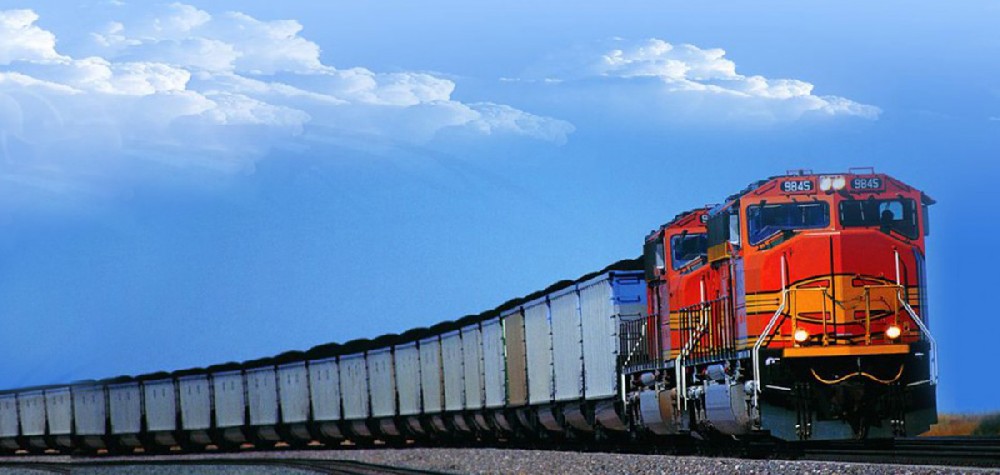Navigation Menu
Contact Us
- Email:
- info@wxavatar.com
- Address:
- Yurong Village, Yuqi Street, Huishan District, Wuxi, China.
Release Date:Jul 14, 2025 Visit:24 Source:Roll Forming Machine Factory
When evaluating production methods for solar mounting structures, businesses often weigh the costs of automated roll forming machines against traditional manual fabrication. Understanding the financial differences between these approaches helps in making informed investment decisions.

Initial Investment Costs
A solar stand roll forming machine requires a significant upfront investment. Prices vary based on production capacity, automation level, and customization options. While the initial cost is higher than manual tools, it offers long-term advantages in efficiency and consistency.
Manual fabrication has lower startup costs since it relies on basic tools and labor. However, this method involves higher ongoing expenses due to slower production rates and increased labor requirements.
Production Efficiency and Labor Costs
Automated roll forming machines can produce solar stand components at a much faster rate than manual methods. This reduces labor costs per unit, as one machine operator can oversee production that would otherwise require multiple workers.
Manual fabrication is labor-intensive, with costs increasing proportionally with production volume. Skilled workers are needed for cutting, bending, and welding, leading to higher wage expenses and potential inconsistencies in product quality.
Material Utilization and Waste Reduction
Roll forming machines optimize material usage by minimizing errors and reducing scrap. Precision cutting and shaping ensure consistent dimensions, lowering material waste compared to manual processes.
In manual fabrication, human error can lead to higher material waste due to incorrect measurements or cutting mistakes. This increases overall material costs over time.
Maintenance and Operational Costs
While roll forming machines require periodic maintenance, their operational costs are predictable. Routine servicing ensures long-term reliability and minimizes unexpected downtime.
Manual fabrication has fewer machine maintenance costs but may face delays due to worker availability, fatigue, or skill limitations. Training and retaining skilled labor also add to long-term expenses.
Long-Term Financial Considerations
For businesses with high or growing demand, a roll forming machine can provide a faster return on investment through higher output and lower per-unit costs. Smaller operations with limited production needs may find manual fabrication more cost-effective in the short term.

Conclusion
The choice between a solar stand roll forming machine and manual fabrication depends on production volume, budget, and long-term business goals. Automated machines offer efficiency and scalability, while manual methods may suit low-volume or custom projects. A detailed cost-benefit analysis helps determine the most economical solution for specific manufacturing needs.